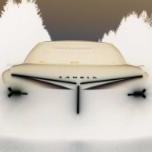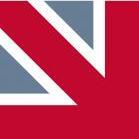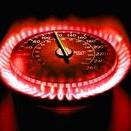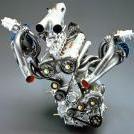BMW - Downsizing futuri motori
-
Contenuti simili
-
- 11 risposte
- 957 visite
-
BMW i4 & BMW Serie 4 Gran Coupé 2025
Pubblicato da Beckervdo,
- g26
- bmw serie 4 grancoupe
- (e 8 altri in più)
- 3 risposte
- 502 visite
-
BMW Serie 1 IV 2024 - Prj. F70 (Spy) 1 2 3 4 9
Pubblicato da Cole_90,
- serie 1
- bmw serie 1 f70
- (e 5 altri in più)
- 81 risposte
- 23927 visite
-
-
-























Messaggi Raccomandati:
Crea un account o accedi per lasciare un commento
Devi essere iscritto per commentare e visualizzare le sezioni protette!
Crea un account
Iscriviti nella nostra community. È facile!
Registra un nuovo accountAccedi
Sei già registrato? Accedi qui.
Accedi Ora